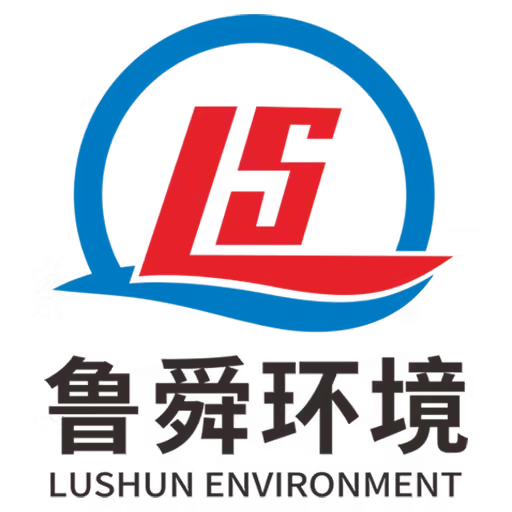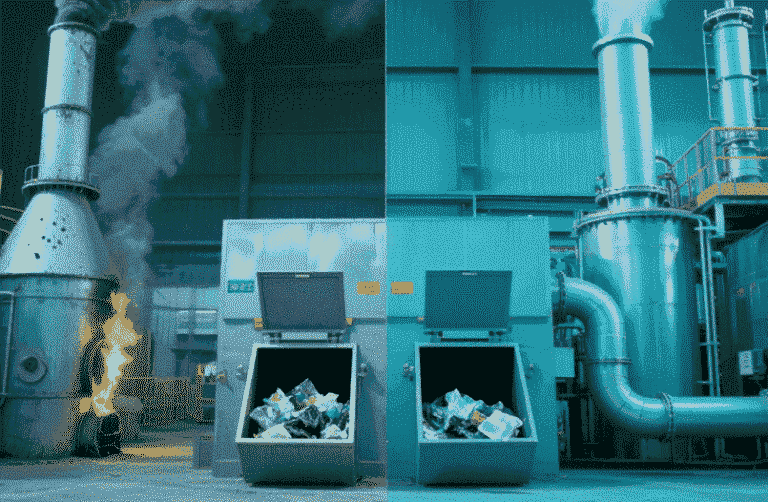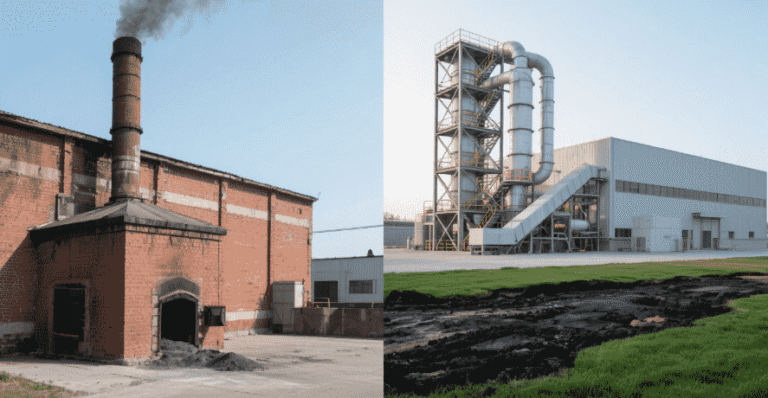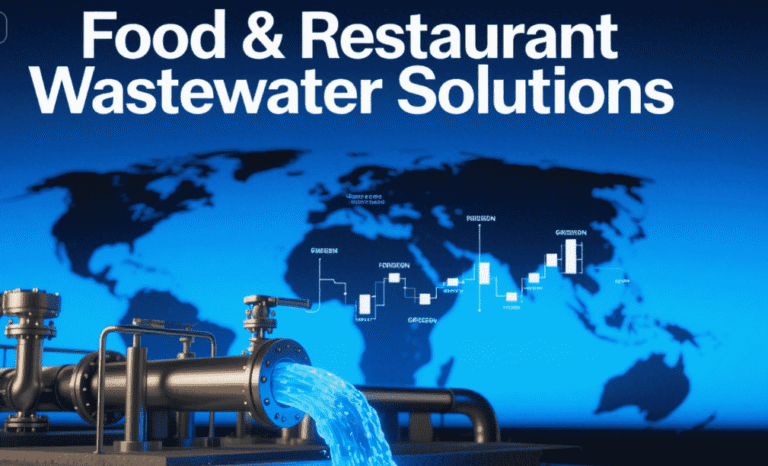Welcome to My Blog! 🌟
I’m so glad you’re here! Before we jump into the exciting content, I’d love for you to connect with me on my social media platforms. It’s where I share extra insights, interact with our amazing community, and post regular updates. Here’s how you can join the conversation:
📘 Facebook: Follow me on Facebook for more updates
Now, let’s dive into the journey ahead. I hope you find everything here both engaging and valuable. Together, let’s explore, learn, and grow! 🚀
Table of Contents
Introduction

Integrated sewage treatment equipment has become a cornerstone in modern wastewater management. With increasing environmental regulations and urbanization, efficient treatment systems are more crucial than ever. The evolving technology in integrated sewage treatment equipment focuses on sustainability, efficiency, and cost-effectiveness. This blog explores seven innovative trends transforming the landscape of integrated sewage treatment equipment and how these advancements promise to revolutionize wastewater management globally.
Understanding these trends is vital for engineers, environmentalists, and policymakers aiming to implement or upgrade sewage treatment infrastructure. The integration of new materials, smarter control systems, and eco-friendly processes within integrated sewage treatment equipment ensures not only compliance but also optimized operational performance.
Trend 1: Smart Monitoring and Automation in Integrated Sewage Treatment Equipment
One of the most transformative innovations in integrated sewage treatment One of the most groundbreaking advancements in contemporary wastewater treatment technology is the integration of smart monitoring systems coupled with automation. These innovations allow operators to track wastewater quality parameters, overall system health, and equipment status in real-time. Such capabilities significantly improve decision-making processes and minimize the need for manual intervention, which can be both time-consuming and prone to human error.
Smart sensors embedded within these treatment units continuously monitor critical variables like pH levels, turbidity, biochemical oxygen demand (BOD), and chemical oxygen demand (COD). The information collected is then processed by sophisticated automated controllers, which dynamically adjust treatment conditions to maintain optimal operational efficiency and ensure compliance with environmental standards.
The advantages of implementing intelligent monitoring and automation in sewage treatment setups include:
- Early identification of operational faults or inefficiencies, allowing for prompt corrective actions
- Lower operational expenses due to self-regulating mechanisms that optimize resource usage
- Improved adherence to increasingly stringent regulatory requirements through continuous compliance tracking
- The ability for remote monitoring and control, which enhances flexibility and responsiveness
Such smart solutions are especially valuable in large urban wastewater facilities, where the inflow is variable and complex. Continuous, automated oversight ensures that the treatment processes can adapt swiftly to fluctuating loads, thereby maintaining stable and effective performance.
Trend 2: Use of Advanced Membrane Technologies in Integrated Sewage Treatment Equipment
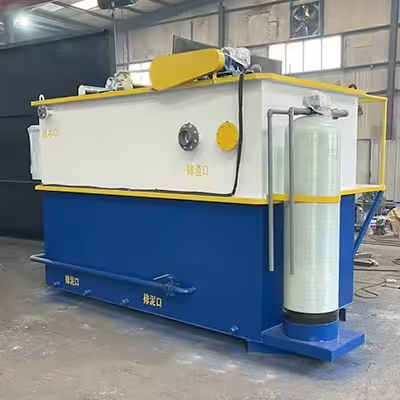
Membrane filtration has emerged as a pivotal technology in integrated sewage Membrane filtration has taken a central role in enhancing wastewater treatment processes, particularly during the tertiary treatment phase. Technologies such as ultrafiltration (UF), nanofiltration (NF), and reverse osmosis (RO) membranes are now widely recognized for their ability to remove an extensive range of contaminants, making the treated water suitable for reuse while significantly reducing the environmental discharge of pollutants.
A key innovation in this realm is the use of membrane bioreactors (MBRs), which merge biological degradation processes with membrane filtration. This hybrid approach results in compact systems capable of delivering high treatment efficiency within smaller footprints compared to conventional setups.
The benefits membrane-based solutions bring to wastewater management include:
- Production of high-quality effluent that can be safely reused for industrial or agricultural applications
- Significant reduction in the physical space required for treatment facilities, an important factor in urban and constrained environments
- Enhanced removal of pathogens, viruses, and micropollutants that traditional treatment methods often fail to address adequately
- Decreased reliance on chemical disinfectants, leading to reduced chemical usage and lower operational risks
Incorporating membrane technology aligns well with global water conservation efforts, facilitating circular water use and contributing to sustainable resource management.
Trend 3: Energy Efficiency Improvements in Integrated Sewage Treatment Equipment
Energy consumption historically represents one of the largest operational costs in wastewater management. Recent developments in treatment technology focus heavily on boosting energy efficiency and integrating energy recovery systems to simultaneously cut costs and reduce the carbon footprint of wastewater plants.
Key improvements include:
- Deployment of energy-efficient blowers and pumps designed to consume less electricity while maintaining effective aeration and fluid movement
- Implementation of anaerobic digestion processes that break down organic sludge and produce biogas, which can be used to generate onsite energy, thus offsetting power needs
- Incorporation of renewable energy sources such as solar panels to supplement the power requirements of treatment equipment, promoting greener operations
- Application of smart control systems that optimize aeration based on real-time oxygen demand, minimizing unnecessary energy expenditure
Below is a table showcasing estimated energy savings from these various technologies, illustrating their impact on overall plant efficiency.
| Technology | Energy Savings (%) | Description |
|---|---|---|
| Energy-efficient blowers | 15-25 | Reduced power consumption in aeration systems |
| Anaerobic digestion (biogas) | 20-40 | Energy recovery from organic sludge |
| Solar-powered treatment units | 30-50 | Renewable energy supplement |
| Smart aeration controls | 10-20 | Optimized oxygen supply based on demand |
These enhancements not only reduce operational expenses but also contribute significantly to sustainability goals by lowering greenhouse gas emissions associated with traditional treatment methods.
Trend 4: Modular and Compact Design of Integrated Sewage Treatment Equipment

One of the significant trends shaping the development of contemporary sewage treatment technology is the move towards modular and compact designs. This shift is largely driven by the increasing scarcity of urban space and the growing demand for flexible, easily deployable solutions. Modular treatment units provide an excellent option for facilities that require scalable capacity, allowing operators to customize system size according to fluctuating wastewater volumes.
The modular approach simplifies transportation, installation, and ongoing maintenance, making these systems highly adaptable to various environments. Whether the treatment is needed for a small community, industrial site, or a rapidly expanding urban area, these compact units can be rapidly deployed and integrated with minimal disruption.
Key benefits of modular wastewater treatment solutions include:
- The ability to tailor system dimensions and processing capacity based on current and future demand
- Significant reduction in installation time compared to traditional, fixed infrastructure
- Enhanced ease of upgrading or expanding treatment capacity by simply adding additional modules
- Lower upfront capital expenditure due to phased investment options
These modular and compact configurations are particularly valuable in decentralized sewage management strategies. In remote or developing regions where establishing large-scale plants is neither practical nor economical, these flexible units provide a reliable and efficient alternative. Furthermore, their reduced footprint allows for seamless integration into existing urban facilities without the need for extensive civil engineering work or land acquisition.
Trend 5: Eco-Friendly Materials and Sustainable Processes in Integrated Sewage Treatment Equipment
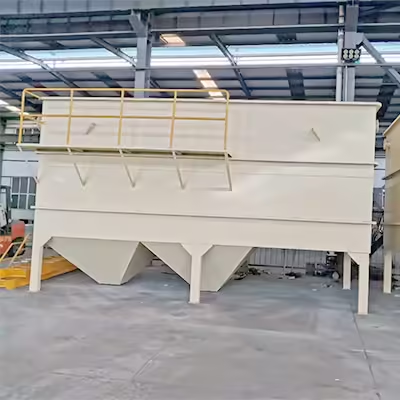
Sustainability is rapidly becoming a foundational principle driving innovation in the wastewater treatment sector. Increasingly, manufacturers are incorporating eco-friendly materials and adopting green processes to reduce the environmental impact of their treatment technologies. This includes the use of recycled plastics, corrosion-resistant alloys, and bio-based polymers, all of which contribute to enhanced durability and a significantly lower ecological footprint.
Moreover, sustainable treatment methods are replacing traditional chemical-based approaches. For example, chemical-free disinfection techniques such as ultraviolet (UV) light or ozone treatment are gaining traction. These methods effectively disinfect wastewater without generating harmful chlorinated byproducts, making the treated effluent safer for discharge or reuse.
Advantages of embracing eco-conscious materials and processes include:
- Considerable reduction in the use of hazardous chemicals and the associated disposal challenges
- Lower environmental impact over the entire lifecycle of the treatment systems, from manufacturing through operation and eventual decommissioning
- Increased equipment longevity due to the use of robust, corrosion-resistant materials
- Improved compliance with tightening environmental regulations and standards aimed at minimizing pollution
By integrating these sustainable materials and practices, modern wastewater treatment units not only enhance operational efficiency but also align with the principles of the circular economy. They contribute to the responsible use and reuse of resources, ensuring that water treatment facilities actively support broader environmental stewardship goals.
Conclusion
The rapid advancements in integrated sewage treatment equipment showcase a future where wastewater management is smarter, cleaner, and more energy-efficient. Smart automation, advanced membranes, energy-saving technologies, modular design, and sustainable materials collectively elevate the industry standards.
Adopting these innovative trends is essential for municipalities, industries, and private stakeholders seeking to modernize their sewage treatment capabilities while aligning with environmental and economic objectives. As integrated sewage treatment equipment continues to evolve, its role in protecting public health and preserving natural resources will only grow stronger.
FAQ
What is integrated sewage treatment equipment?
Integrated sewage treatment equipment refers to systems that combine multiple wastewater treatment processes in a single unit or closely coordinated setup to efficiently treat sewage before discharge or reuse.
Why are smart technologies important in integrated sewage treatment equipment?
Smart technologies enable real-time monitoring, automatic adjustments, and remote control, improving efficiency, reducing labor, and ensuring regulatory compliance.
How do membrane technologies enhance sewage treatment?
Membranes provide superior filtration capabilities, removing microscopic contaminants and enabling treated water reuse, thereby conserving water resources.
Can integrated sewage treatment equipment be used in small communities?
Yes, modular and compact integrated sewage treatment equipment is ideal for small or remote communities, offering scalable and easy-to-maintain solutions.
What sustainability benefits does integrated sewage treatment equipment offer?
It reduces energy consumption, chemical use, and environmental impact while promoting water reuse and resource recovery, supporting sustainable wastewater management goals.
